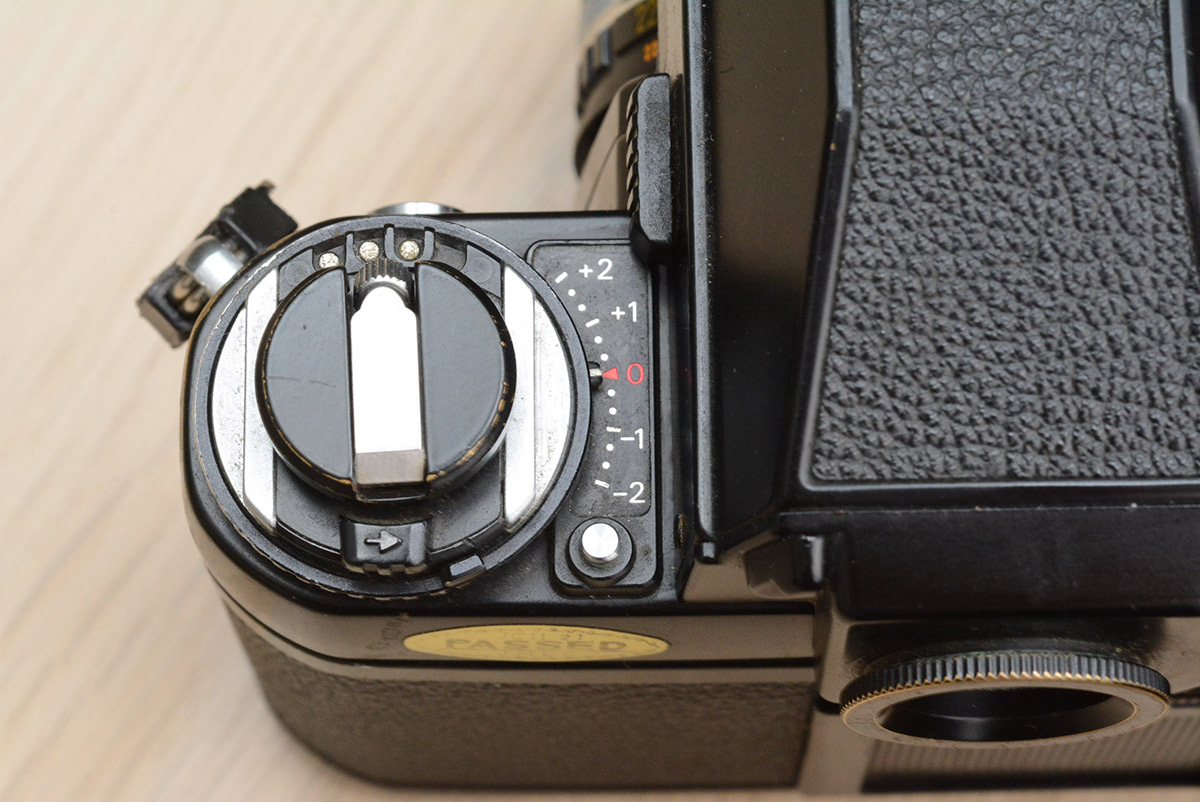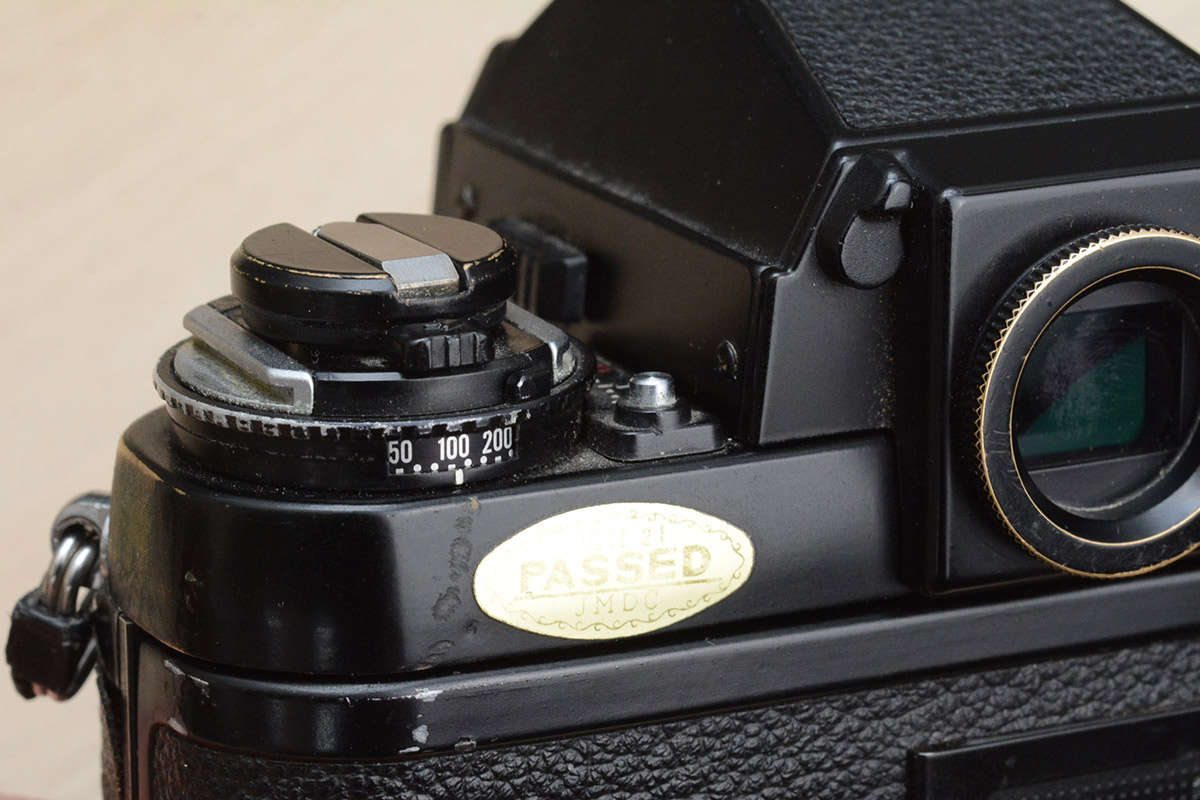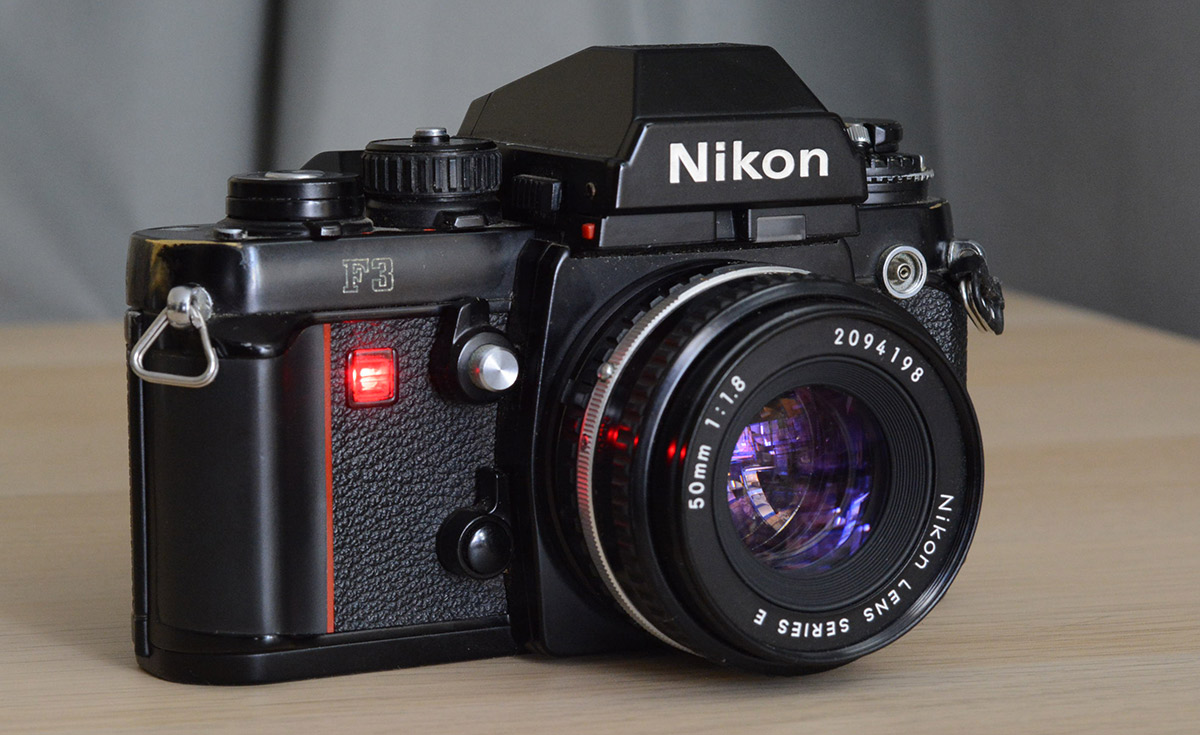
How SLR cameras work: Nikon F3
13 Sep 2023This video started out as an attempt to completely explain how cameras work, from first principles, but that would have ended up at least twice as long and I probably still would have missed something. Instead I made some assumptions that the viewer knew a bit about how cameras work and just focused on the F3.
I skipped explaining the basics of how lenses work, but something I meant to show is how even complex camera lenses can be used as a magnifying glass, and how a magnifying glass can be used as a camera lens. It's easy to state that a lens forms an image, but that's not quite the same as playing with a lens and seeing how it works. When you start a fire with a magnifying glass, that's not just focusing light to a point, that's forming an image of the sun.
I also didn't talk about sensor size, or angle of view and how focal length relates to it. Using focal length to indicate angle of view, particularly "equivalent focal length" for non-35mm frames, is one of the least elegant bits of photography.
I am annoyed I didn't have a large format camera to demonstrate things on. Unfortunately my friend with a large format camera has moved to a different country. I have quite a few SLR cameras, but most of them have film loaded, it didn't seem worth wasting film just to demo some other models. The Olympus OM-20 is an SLR with only a single mirror, not the double mirror of the cameras I showed. I assume the light meter is in the prism. However, it still has a light meter in the base, so presumably that's for flash OTF metering.
Right after I talked about anti-reflective coatings, there is a jump cut to a 28mm lens, which has a green tint. It's a multicoated lens, I forgot to say that in the video.
F3 overflow
Here's some of the F3 features I skipped over.The exposure compensation dial is part of the same unit that makes up the iso selector, the rewind lever and the flash shoe.

Setting the iso is quite fiddly, you have to lift up the ring, but it's intentionally difficult because you only change it when switching film and it would be frustrating if it got knocked onto a different setting. The exposure compensation turns the same physical ring, they're coaxial.

A feature the DSLR has but the F3 has not, if you want to adjust the viewfinder for short/long sightedness, you have to replace the front element, which unscrews. The DSLR has a dioptre adjustment built in. But, there is another F3 viewfinder which I don't have, specifically designed for people with glasses.
The JCII/JMDC "Passed" sticker is a common sight on Japanese camera equipment.
One of the worst parts of the F3, there is an illuminator for the viewfinder. The LCD is not backlit normally, the diffuse panel behind it lets natural light illuminate it. In low light conditions it can be hard to read. Pressing the tiny, tiny red button on the side of the viewfinder will light up a miniscule tungsten bulb under the LCD.

The screw thread in the shutter button is for a cable release. The slide switch under the shutter button, exposing a red dot, is the shutter lock. Very similar to the on/off switch of a DSLR.
There is another slide switch under the shutter speed dial, this one enables self-timer mode.

The timer ticks away with a red LED on the front. I guess this was futuristic at the time. I personally prefer the fully mechanical self-timers, the lever on the front of the Olympus is a self timer that has a pleasing sound as it ticks down. Another item I have – somewhere – is a mechanical timer cable release. It's just clockwork, and lets you add a self-timer to any camera that supports a cable release.
On the right side of the image, there's the sync port for an external flash (or any flash that doesn't fit the ridiculous hot shoe). When I got the camera it had a plastic cap over the sync port, which annoyingly got lost at some point.
I checked the serial numbers on my F3 cameras. The F3 was manufactured right through to the year 2000, but my cameras are surprisingly close in age. The older (damaged) one was manufactured Sept 1981, the newer one was Aug 1982.
Last notes
When I first dived deep into photography, I researched it obsessively. One of the great resources I found was a site called Toothwalker. It had all kinds of excellent articles discussing the more subtle problems you can encounter in optics, things like Spurious Resolution or how a filter on the front of a lens can cause ghost images. Unfortunately, the site was taken offline years ago. I did make a personal backup of some of the pages while I had the chance, but archive.org does not seem to have much of it. I have tried to contact the author without any luck, but I hope one day the optics pages can be made available again.The final few seconds of the video involved me chucking the camera in the air in front of the macro lens at 120fps. Really it should have been at 1000fps, I wanted a slow tumble through the air. But it's really hard to throw it to the right height, within the frame, and in focus (and not drop it on the return).
The background music is something I wrote a few years ago for a different video that I never finished editing. I really should publish that one of these days.